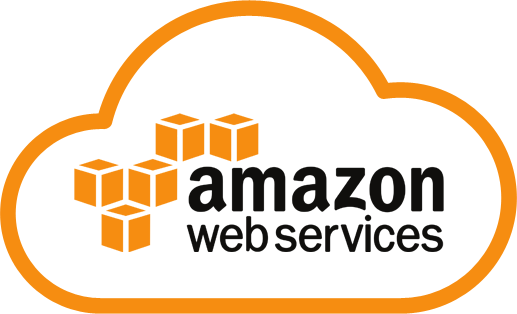Top 10 Cloud Computing Interview Questions and Answers for Successful Job Interview
What is cloud computing, and how does it differ from traditional computing?
Cloud computing is a model for delivering computing resources over the internet, on-demand. It allows users to access and use computing resources, such as servers, storage, and applications, without having to maintain and manage them themselves. Traditional computing, on the other hand, typically involves setting up and maintaining physical servers and data centers.
What are the main benefits of cloud computing?
The main benefits of cloud computing include scalability, cost savings, flexibility, and improved security. With cloud computing, users can scale their computing resources up or down as needed, pay only for what they use, and access their resources from anywhere with an internet connection. Additionally, cloud providers often have more resources and expertise to devote to security than individual organizations.
What are the main types of cloud computing services?
The main types of cloud computing services are Infrastructure as a Service (IaaS), Platform as a Service (PaaS), and Software as a Service (SaaS). IaaS provides users with access to virtualized computing resources, such as servers and storage. PaaS provides users with a platform to build and run applications on, while SaaS delivers software applications to users over the internet.
What are some examples of cloud providers?
Some examples of popular cloud providers include Amazon Web Services (AWS), Microsoft Azure, Google Cloud Platform (GCP), and IBM Cloud. Each of these providers offers a wide range of cloud services, including IaaS, PaaS, and SaaS.
What is the difference between public and private cloud?
- Public clouds are owned and operated by third-party providers, and resources are shared among multiple customers
- Public clouds are owned and operated by third-party providers, and resources are shared among multiple customers. Public clouds are usually more cost-effective and are accessible to anyone with an internet connection.
- Private clouds, on the other hand, are owned and operated by a single organization, and resources are used only by that organization. Private clouds can offer more control and customization, but they can also be more expensive to set up and maintain.
How do you ensure security in a cloud environment?
Ensuring security in a cloud environment involves a combination of measures, including physical security, network security, and data security. Cloud providers typically have strict security protocols in place to protect against physical threats, such as natural disasters or unauthorized access to data centers. Additionally, network security measures, such as firewalls and intrusion detection/prevention systems, can be used to protect against cyber threats. Cloud providers also usually encrypt data both in transit and at rest to protect against data breaches.
What is a cloud service broker?
A cloud service broker (CSB) is an intermediary that helps organizations connect to multiple cloud providers and manage their cloud services. A CSB can help an organization find the right cloud services for their needs, negotiate contracts and pricing, and manage the integration and deployment of those services.
What is containerization and how does it relate to cloud computing?
Containerization is a method of packaging an application and its dependencies together in a single container, which can be deployed on any infrastructure that supports that container technology. This allows an application to be easily moved between different environments, such as between development, test, and production environments. In the context of cloud computing, containerization can allow organizations to deploy applications on a cloud platform more easily and with less dependencies.
What is the role of automation in cloud computing?
Automation plays a key role in cloud computing, as it allows organizations to provision and manage cloud resources quickly and efficiently. Automation can be used to deploy and configure virtual machines, provision storage, and manage networks. Additionally, automation can be used to scale resources up and down as needed, and to manage and monitor cloud services.
What are some of the challenges of adopting cloud computing?
Some of the main challenges of adopting cloud computing include data security, vendor lock-in, and integration with existing systems. Additionally, some organizations may be hesitant to move sensitive data or mission-critical applications to a public cloud environment, and may prefer to keep them on-premises or in a private cloud.
Another challenge is the potential for vendor lock-in, where an organization becomes heavily dependent on a specific cloud provider and finds it difficult to switch to a different provider. This can be mitigated by using open-source solutions and cloud-agnostic tools.
Integration with existing systems can also be a challenge, as organizations may need to make changes to their existing applications, processes, and tools to work effectively in a cloud environment. Additionally, organizations may need to invest in training and development for their staff to help them understand the cloud computing concepts and technologies.
Compliance and regulatory requirements can also be a concern, as some organizations are required to meet specific compliance standards and regulations when it comes to data storage, privacy, and security. Therefore, it’s important to carefully evaluate the compliance and security of the cloud provider before signing up.
Managing and optimizing the costs, as the cloud computing is based on pay-per-use model, the costs can vary depending on the usage and the resources, so it’s important to closely monitor the costs and optimize them accordingly.

